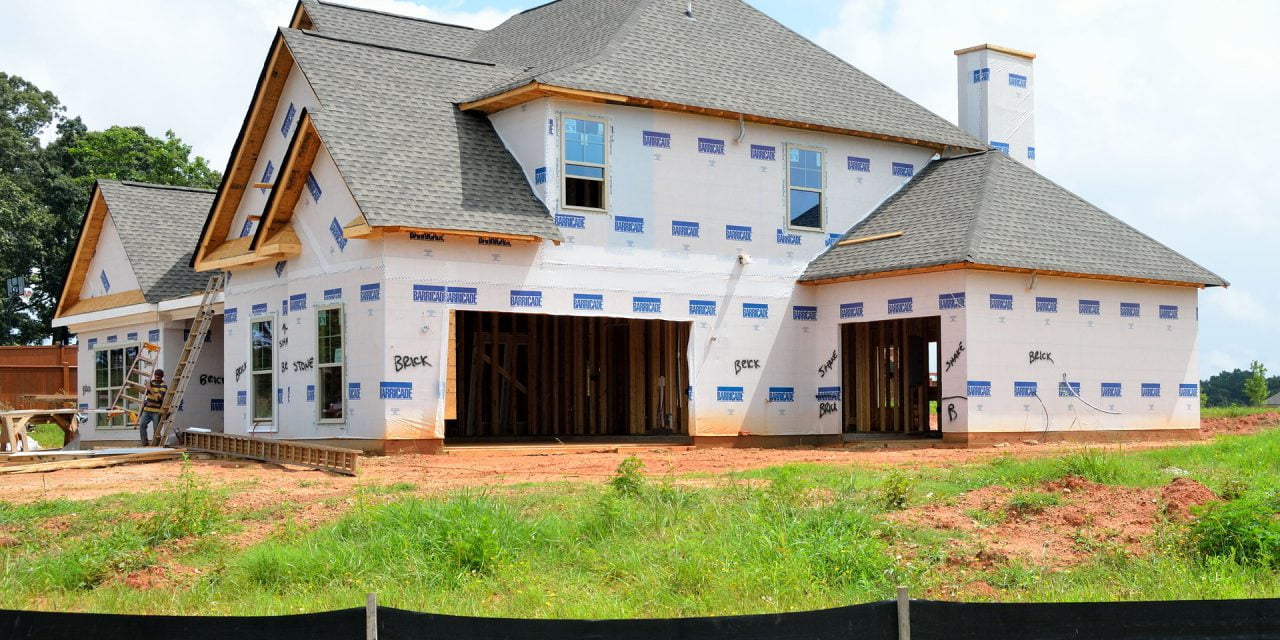Low mortgage rates and a limited supply of inventory have increased home prices across all tiers in California, with low-tier housing prices 16% above where they were a year ago as of March 2021.
Other contributing factors to explain today’s rapidly rising home prices are:
- increased lumber prices, leading to increased building costs;
- a lack of use for available zoning to accommodate accessory dwelling units (ADUs); and
- vocal not-in-my-backyard (NIMBY) advocates who deter the building of low-tier housing and ADUs.
Although existing homes — known as home resales — have traditionally been more favorable for lower-income prospective homebuyers, new homes combat today’s low inventory. Lower-income homebuyers particularly benefit when the new homes are smaller in size, according to an analysis by the Urban Institute.
Between 1999 and 2015, increasingly larger homes were built. The U.S. average new home size increased from 2,221 square feet to 2,724 square feet. A growing share of large homes (those 1,800 square feet or greater) were built, while a declining number of small homes were built.
Some progress was made on smaller home construction between 2015 and 2019, with the share of new home sales below 1,800 square feet increasing from 16% to 21%. But this is still 10% below 2009 levels.
In 2021, building low-tier homes has become even more constrained, as rising lumber prices have led to rising costs of construction. Higher lumber prices alone have added $35,900 to the price of an average new single family residence (SFR) and $13,000 to the price of an average new multi-family home over the past year, as of April 2021. For renters, they will need to pay an extra $119 per month to rent a new apartment, according to the National Association of Home Builders (NAHB).
These barriers to the availability of low-tier homes – low inventory and rising prices due to construction costs – are amplified in metro areas like Los Angeles, where homeownership rates are lower than the state’s average.
One solution to the shortage of low-tier housing available in Los Angeles is to build more infill housing, particularly in the form of ADUs. Infill housing is the process of building new homes on older, under-used or obsolescent lots in neighborhoods that are already developed.
The construction of ADUs to accommodate low-tier housing needs has been met with misconceptions, affecting the desirability of these types of dwellings in high-density areas which are most in need of them. One example of this is the presumption that ADUs lead to overcrowding. But by redeveloping residential parcels not currently taking advantage of their zoning allowances, the region may reach more of their potential for housing. Current zoning allows for 1.5 million to 1.9 million additional housing units on underused residential property in Los Angeles, as found in a McKinsey report.
Los Angeles is limited to how much more it can reasonably build. By increasing density with more infill housing, it will allow the housing supply to keep up with the area’s growing population.
Related article:
Building more entry-level housing options begins with looser zoning laws
Strict zoning laws in California stunt building potential, which has led to historically-low construction numbers.
Statewide, zoning restrictions have culminated in:
- less construction;
- an imbalance in meeting the demand for housing;
- rising prices of new and resale homes;
- an unstable housing market as home prices rise faster than incomes; and
- hampered homeownership and home sales volume.
California’s residents are missing available units. The supply is simply not there. Restrictive zoning limitations need to be revised, especially in cities where the most job growth is occurring. Loosening zoning restrictions will produce more stability for the housing market.
Urban density has necessitated smaller homes and ADUs. Increases in the price of lumber, leading to higher construction costs, along with shrinking inventory and record-low mortgage rates have resulted in higher prices. For those with low incomes, today’s significant price increases mean homeownership is an even greater hurdle than it was before.
In fact, because of the price increase due to higher lumber costs, over 5.5 million U.S. households have been cut out of the market. This means they were able to qualify for a mortgage before the price increase a year earlier, but not after, according to the NAHB.
With more than half of California renters cost-burdened – paying more than 30% of their monthly income on rent – few alternatives are available to those whose incomes cannot keep up with the rising cost of housing.
Legislative efforts to produce housing for lower income households in California have begun to take shape in recent years, including incentivizing more ADUs. However, NIMBY advocates have been vocally resistant towards these efforts.
As real estate professionals, it is imperative to have access to a diverse array of listings. Without accommodating entry-level housing for the growing population, prices will continue to rise out of reach for an increasing number of Californians.
More construction of low-tier housing and ADUs with less restrictive zoning laws will allow lower-income residents a reasonable place to live while also easing prices across the board.
Related article:



















Perhaps we should identify and quantify the constant obstacle for real estate development and then we may discover that government regulations and fees and more fees are the cause.